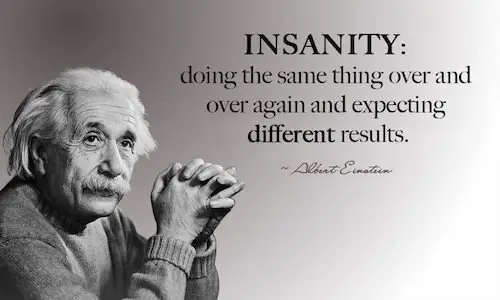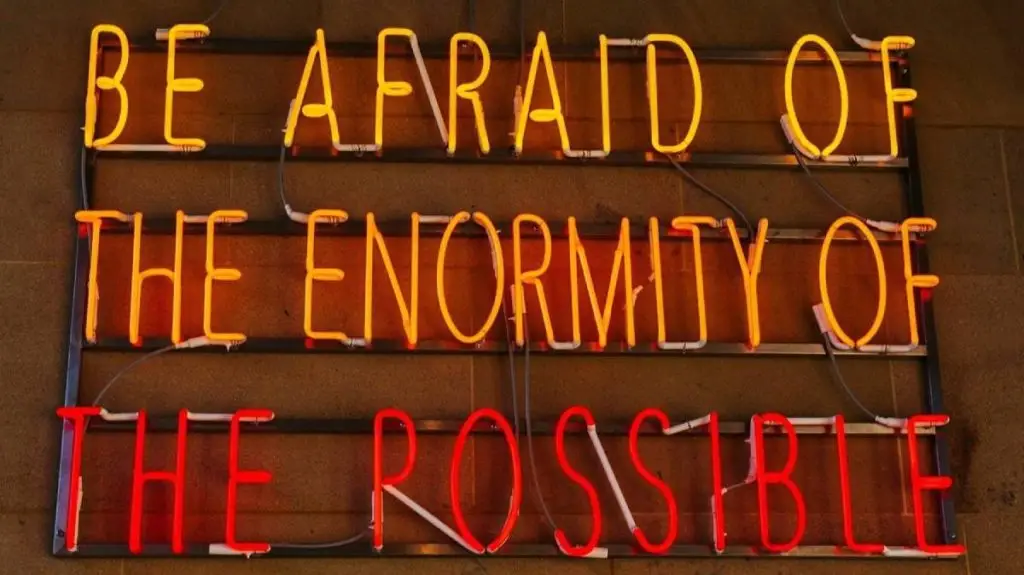Are Your Communication strategies Falling Short?

Effective communication is the backbone of successful change, but traditional methods often fall flat and disengage stakeholders. To truly connect with people, organisations need fresh, innovative approaches that capture attention and inspire participation. Out-of-the-box strategies such as visual storytelling, gamification, peer-to-peer sharing, immersive VR and AR experiences, interactive webinars, podcasts, and creative campaigns can transform how messages are delivered and received. These approaches make communication more engaging, relatable, and memorable, while also giving employees space to share feedback and stories of their own. By embracing these techniques, organisations not only strengthen engagement but also build a culture of openness, collaboration, and enthusiasm for change.
WHEN IS THE RIGHT TIME TO INVOLVE CHANGE MANAGEMENT IN YOUR PROGRAM?

Change is inevitable in any organisation, and managing it effectively can be the difference between success and failure. While technology and processes are often the focus, it is the people who ultimately determine whether change takes hold. Involving change management from the very beginning of a program enables proactive stakeholder engagement, strengthens the business case, informs resource planning, shapes training and support, and significantly increases adoption and success rates. Research shows that early involvement not only boosts employee readiness but also delivers a strong return on investment. In contrast, bringing change management in late often shifts the focus to crisis management, fuels resistance, limits impact assessments, and adds unnecessary costs. Although it is never too late to introduce change management, early integration ensures smoother transitions, stronger engagement, and more sustainable outcomes. By treating change management as a strategic enabler rather than a last-minute fix, organisations can empower people, reduce risks, and realise the full benefits of transformation.
The Art of Failing Forward

Change is the only constant, and progress comes from keeping an open mind, learning from trial and error, and turning lessons into momentum. Clinging to old practices holds teams back; embracing a “fail forward” mindset builds innovation and resilience. Think of cultures that create space for experimentation: not every idea becomes a breakthrough, but the practice fuels growth. The goal is to treat failure as data, not defeat. Make mistakes visible, run honest retrospectives with the people who lived the work, extract causes and insights, adapt the plan, and try again. Build psychological safety so people can take smart risks, share what they learn, and celebrate small wins while staying persistent. Einstein’s warning about doing the same thing and expecting different results is a practical guide here. Organisations that master this approach pivot faster, trust grows, and creativity flourishes. Do not avoid failure; fail fast, fail smart, and use each setback as a launchpad for the next leap.
Embracing the Enormity of Change: A Revolutionary Approach to Management

One phrase completely reshaped how I approach change management: “Be afraid of the enormity of the possible.”
At first, it felt contradictory. Why be afraid of possibility? Over time I realised it is not about fear but about respecting the vast potential that change brings. That insight shifted my leadership style and helped me see change as something to be welcomed, not resisted.
In today’s fast-moving business world, change is more than constant; it is expansive. Leaders who recognise the scale of opportunity and prepare their teams to embrace it create cultures where innovation and resilience thrive. Each setback becomes a chance to learn, and every ambitious idea has the potential to transform an organisation.
The enormity of the possible is not a reason to hold back. It is an invitation to step forward with courage, clarity, and trust in the people around you.
Learning Styles: We All Learn Differently

People learn in different ways. Some prefer visual content, others respond better to sound or hands-on practice. Many use a mix of styles depending on mood, interest, or workload. When training programs ignore these differences, learning suffers.
Effective training begins with understanding the audience. This means asking how learners prefer to access information, how much time they can commit, and how motivated they are to engage with the subject. A Training Needs Analysis (TNA) is invaluable here. It identifies specific skills gaps, aligns goals with outcomes, and ensures resources are directed where they make the biggest impact. Adding personas into the process makes training even more targeted by creating detailed profiles of learner groups, helping trainers empathise with their needs and design personalised learning paths.
Digital tools provide another layer of flexibility. Interactive e-books, multimedia presentations, and video conferencing platforms combine text, images, and sound to accommodate different learning styles at once. For frontline or remote workers, simple paper guides with step-by-step visuals may be the most effective solution.
When training is personalised, adoption rates rise, outcomes improve, and learners feel valued. Recognising diverse learning styles is not only about inclusivity, it is about creating programs that connect with people in meaningful ways and ensure education leads to lasting growth and change.
High performing – what does it actually mean?

High performance is a term often used at work, but what does it really mean? For many, it feels like juggling endless balls in the air — projects, deadlines, meetings, and life outside of work. But being high-performing is not about being superhuman or doing everything without pause.
It is more than multitasking or hitting every goal. True high performance combines consistency, adaptability, and impact. It is about setting the right goals, delivering quality work reliably, and focusing on outcomes that matter. It means excelling in your role while continuously learning and improving, but also knowing when to rest, delegate, or say no.
High-performing individuals balance resilience and growth with collaboration and gratitude. They recognise that self-care and teamwork are as critical as personal excellence. By recharging and supporting others, they create stronger, more sustainable performance.
In the end, high performance is not perfection. It is showing up with intent, giving your best, and making a meaningful difference at work, at home, and within your community.
How to Choose the Right Change Management Methodology

Organisational change is rarely simple, which is why a wide range of methodologies exist to provide structure and guidance. Each has strengths and limitations. ADKAR focuses on individuals, Kotter’s 8-Step model offers a clear roadmap, Lewin’s three-step model is simple but static, and McKinsey’s 7-S provides a holistic but complex view. Others, such as Bridges’ Transition Model or the Kübler-Ross Change Curve, highlight the human side of change, while iterative approaches like PDSA encourage continuous improvement.
The challenge for leaders is deciding which approach to use. In reality, no single methodology fits every situation. At Enable Change Partners, we design tailored strategies by blending the most relevant elements from different models. This ensures that both organisational needs and individual experiences are addressed, improving adoption rates and building internal capability.
For example, in a digital transformation with a multinational client, we combined Kotter’s urgency, ADKAR’s focus on individuals, and Prosci’s structured approach. This mix created a strategy that achieved 95% adoption of new systems within six months, far above expectations.
Customising methodologies in this way helps organisations move beyond theory to practical outcomes, delivering transformation that is both effective and sustainable.
Case Study: Successful Implementation of A Workforce Management System

A large Australian service company with more than 1,500 frontline staff had struggled for years to implement a workforce management system. Previous attempts failed due to union resistance, lack of leadership alignment, and change fatigue.
This time, the organisation took a new approach by investing in professional support and prioritising stakeholder engagement. Unions were involved from the outset, with frameworks co-designed to align with enterprise agreements. A detailed change impact assessment identified risks and informed mitigation strategies.
Communication was central, highlighting clear benefits for frontline workers such as easier shift swaps and better work-life balance. A pilot program allowed the company to test and refine the system before rolling it out more broadly. Training was customised by role and delivered through multiple formats, supported by a network of change champions who built trust at the grassroots level.
Implementation was phased, giving each site time to adapt, while executive sponsors demonstrated visible commitment through site visits, Q&A sessions, and town halls. This comprehensive approach reduced resistance, improved adoption, and fostered stronger collaboration between management, unions, and frontline employees.
The result was not just a successful system launch, but a cultural shift in how change was approached. By engaging people early, communicating openly, and maintaining flexibility, the organisation overcame years of setbacks and set a positive precedent for future transformations.
What would it be if you could only choose one tool from your kit?

A change impact assessment is a vital tool for managing organisational transformation, giving teams a clear understanding of how change will affect people, processes, and systems. It maps the journey from the current state to the future state, helping to identify risks, allocate resources, set realistic timelines, and create strategies that address specific needs. Flexible in design, it can provide either a high-level overview or a detailed analysis of stakeholder groups, depending on project requirements. The insights gained guide communication, engagement, training, and support, while also helping program teams, technical teams, test managers, and leaders prepare effectively. Completing a strong assessment involves defining the scope, identifying stakeholders, gathering data, analysing gaps, assessing impact, and recommending actions, ensuring that every area of the organisation is aligned. Because change evolves over time, the assessment should be revisited throughout the project, serving as a practical compass that keeps everyone moving in the same direction.
Why Change Managers Are a Program Manager’s Secret Weapon

Program and change managers form a powerful partnership that ensures both the technical and human sides of transformation are addressed. While program managers focus on delivering projects on time, within budget, and against technical requirements, change managers concentrate on preparing people for the journey by driving adoption, building engagement, and ensuring benefits are realised. Change managers bring essential tools such as stakeholder analysis, impact assessments, tailored communication, training programs, and executive coaching, freeing program managers to manage resources, budgets, milestones, and reporting. Together, they balance distinct responsibilities with shared goals, reducing risks and increasing the likelihood of success—projects with strong change management are six times more likely to meet objectives. Real-world examples, from major tech rollouts to large-scale restructures, show how this collaboration transforms challenges into opportunities and ensures sustainable outcomes. When program managers and change managers work hand in hand, they not only deliver systems and structures but also enable lasting organisational change, making the partnership not optional but essential for success.
